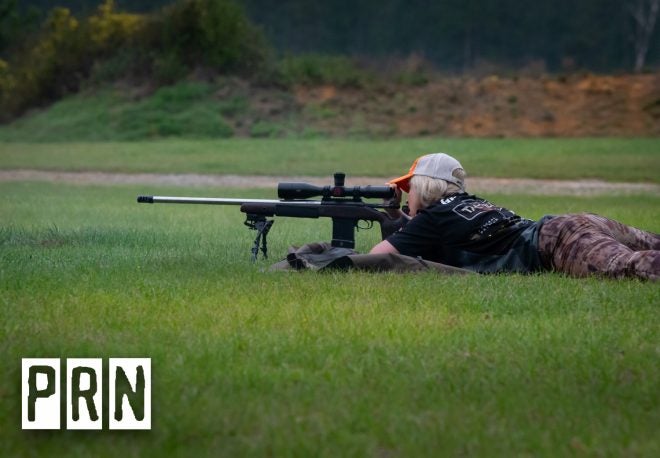How To Shoot Long Range: The Accessories
In my previous How To Shoot Long Range articles I have discussed an overview of precision long-range shooting, the types of rifles used, and the types of optics most people use to impact steel and animals at “long range.” In this installment, I will throw out a few of the commonly used accessories that I see being used by Precision Rifle Series (PRS) competitors and precision rifle enthusiasts.
This will come as a shock to one of my favorite “supporters” in the comments section, but I will not be making any value statements this time around. I won’t be giving my opinion of one item being better or of higher quality than another. My goal here is to give you only what I see being used by highly experienced shooters in the industry. You and your budget can decide whether you “need” these items or not.
Bipod – Front Support
Let’s begin with bipods. The three most common bipod brands used by PRS competitors are Harris, Atlas, and Ckye, in that order. You can review that data here https://precisionrifleblog.com/2019/02/10/rifle-bipod-tripod/
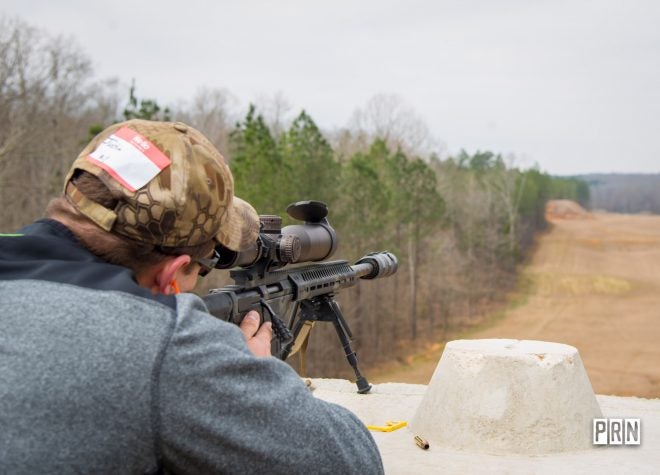
Photo: PRN
Harris has obviously been around the longest and is a tried and true (military service) option for many people whether they are competing, hunting, or target shooting. Harris bipods are the Glocks of the front support world; no bells or whistles, but they just work.
If you choose the Atlas or Ckye bipods you’ll be paying twice the price of a standard Harris, but you’re also getting more features. Atlas’ for example, have legs that can be locked in one of five different angled positions as well as pan and tilt, depending on the model. The same goes for Ckye-pod, now owned by Modular Driven Technologies, but with the addition of being able to adjust the spread angle of the legs.
The attachment method for each bipod should be discussed, and honestly, I could be writing an entire article on bipods alone. I’m trying to push through these gear-related articles and get to the “How To” portion of this series, so please forgive the brevity here. In general, the Harris attaches via Picatinny rail, while the Atlas and Ckye typically use ARCA Swiss, but have the ability to attach via Picatinny if necessary. The attachment method is important in a competition where a person might have to slide the bipod rearward on a chassis in order to shoot with front and rear support from the top of a small barricade (a 55-gallon drum for example). The Atlas and Ckye bipods using ARCA are able to do this while the Harris is not. Various adapter plates can be purchased to change configurations on each of these bipods. So if you just prefer a Harris, there are options available to make these more functional for competition.
Barricade Bags – Rear Support
According to a poll conducted by Cal at the Precision Rifle Blog, the top barricade bags, which are often used as a rear support bags, are the Armageddon Gear Gamechangers. Second place goes to Wiebad with their Fortune Cookie bags (both companies have a plethora of options). The reason those are plural is that each company makes a full size and a smaller size bag within the same category. The full-size version is typically used on barricades while the smaller version is used as rear support. That being said, many competitors use their full-size barricade bags as rear support, which allows them to carry just one bag that pretty much does everything they need from all the positions they commonly find in the competition.
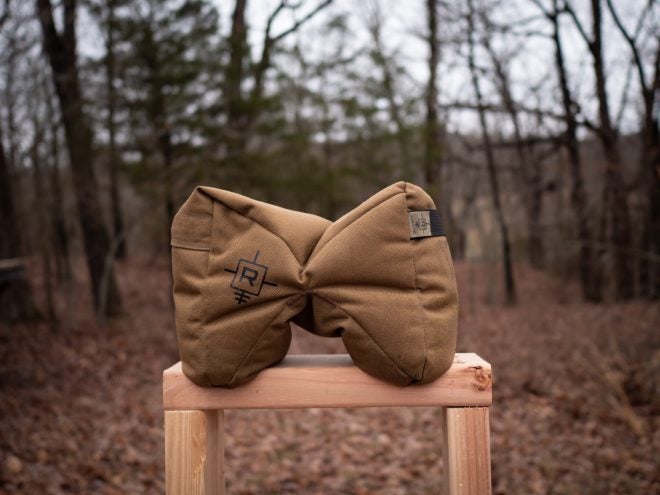
Photo: PRN
In case it’s not obvious, you need a solid shooting platform in order to be consistently successful hitting your target at a long range. The bipod you choose should not have excessive amounts of slop or movement in the system. Too much and your rifle is liable to come off target under recoil force. This causes you to have to re-position the rifle and likely your cheek weld with each shot. That’s not desirable or efficient. Accuracy potential will suffer. Another downside is that you will not be able to watch bullet trace or spot your impacts, so lock that bipod down tight.
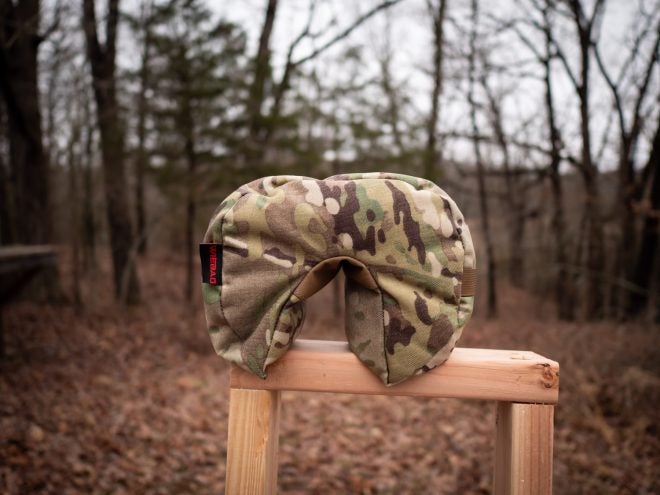
Photo:PRN
Body position behind the rifle is equally important to this firing task but I will cover that in our later discussion of fundamentals. Whether you are shooting in the prone position on the ground or off of a barricade in competition or field hunting conditions, you need to build a solid and flat position in order to achieve the best results. Front and rear support are vital to this task.
Tech – Kestrel & Applied Ballistics
The vast majority of long-range shooters choose the Kestrel Weather Meter with Applied Ballistics software for their firing solutions. A distant second goes to ballistic apps for your smartphone.
In layman’s terms, the Kestrel takes into account your specific barrel twist rate, barrel length, bullet type, bullet weight, and a host of other variables including your measured velocity in feet per second, and outputs a drop chart. After spending some time inputting all the variables as accurately as possible, you will be able to range a target, let’s say it’s at 1000 yards, and the Kestrel will tell you to dial 8 mils of elevation and hold over 1.2 mils for wind in order to have a good chance of hitting your 1000 yard target. The firing solution will be tailored to your specific rifle and ammunition choice as well as the environmental factors being recorded by the device.
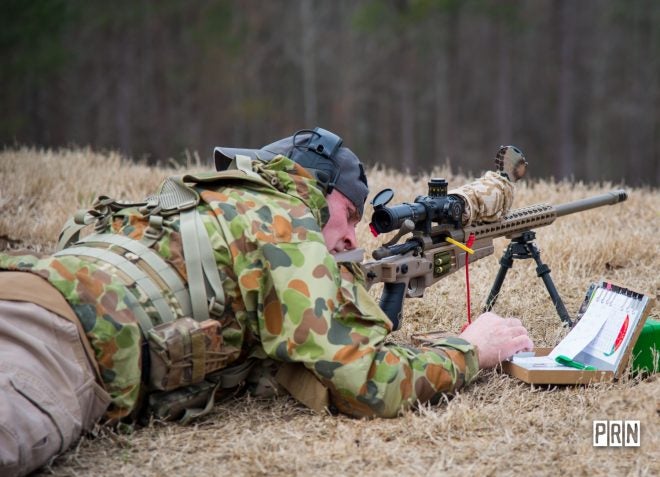
Photo:PRN
This is a vital piece of kit for any long-range shooter. That being said, you can achieve the same results with several free online programs and printed paper charts. They are just not as fast and efficient when you’re on the clock or in a hurry in the field.

Photo:PRN
Final Thoughts
When it comes to rifles, optics, and accessories, there’s an ocean of options and I only discussed a drop in the pond. Hopefully, you understand that I’m covering just a handful of the options that you need in order to start shooting at long distances. You need a rifle capable of one minute of angle accuracy or better. You need an optic with clear enough glass and precise tracking so you can identify and engage your target. You need to support both ends of your rifle for the best results downrange, and you need accurate drop data for your firing solutions.
The next How To Shoot Long Range article will launch into marksmanship fundamentals. I will finally start covering the “How to” in this whole process, and hopefully, you will find it educational and useful. For further reading, I highly recommend Long Range Shooting Handbook: A Beginner’s Guide To Precision Rifle Shooting by Ryan Cleckner. Thanks for reading and as always, I look forward to your comments.
We are committed to finding, researching, and recommending the best products. We earn commissions from purchases you make using the retail links in our product reviews. Learn more about how this works.
 Your Privacy Choices
Your Privacy Choices
